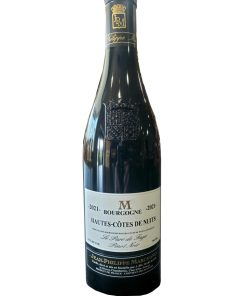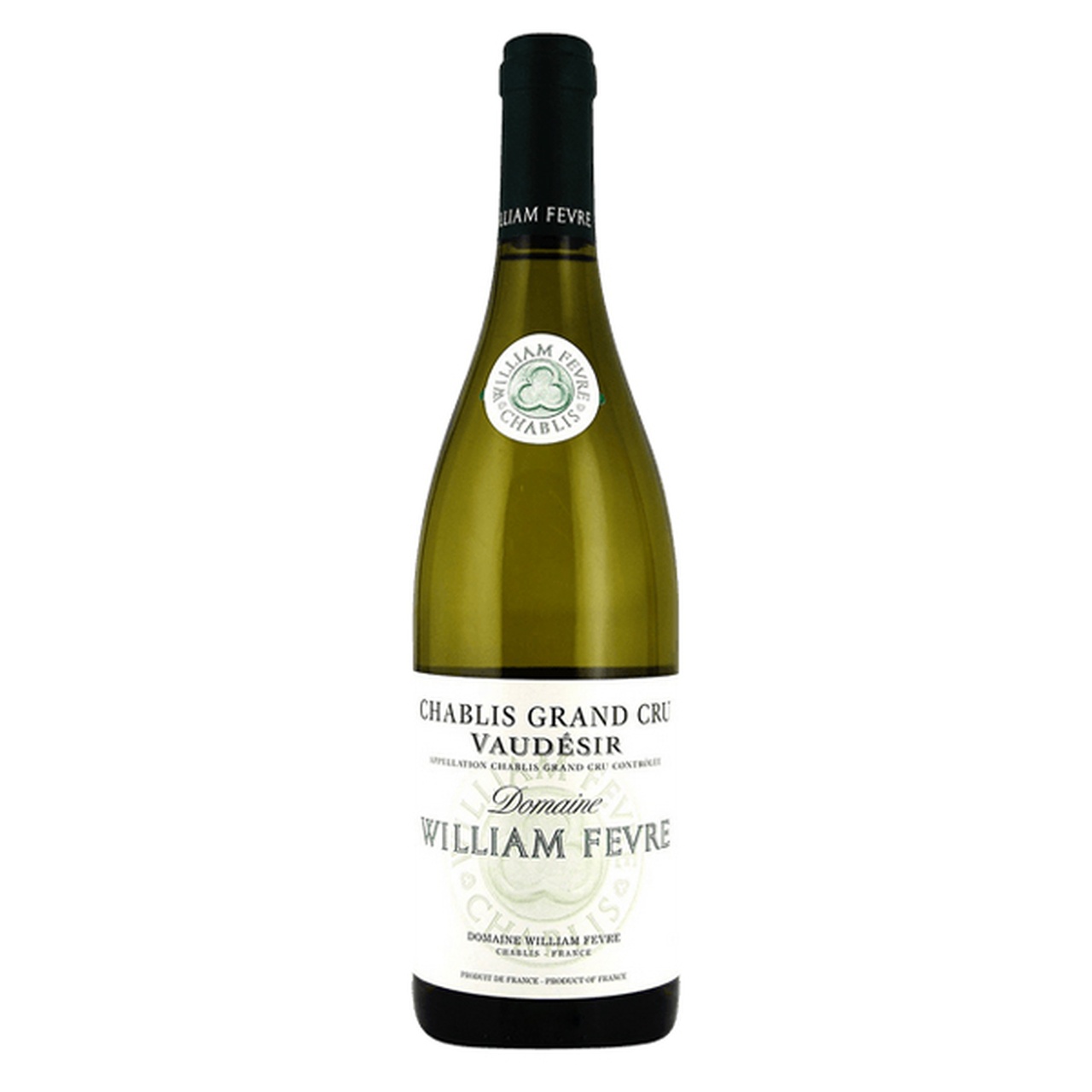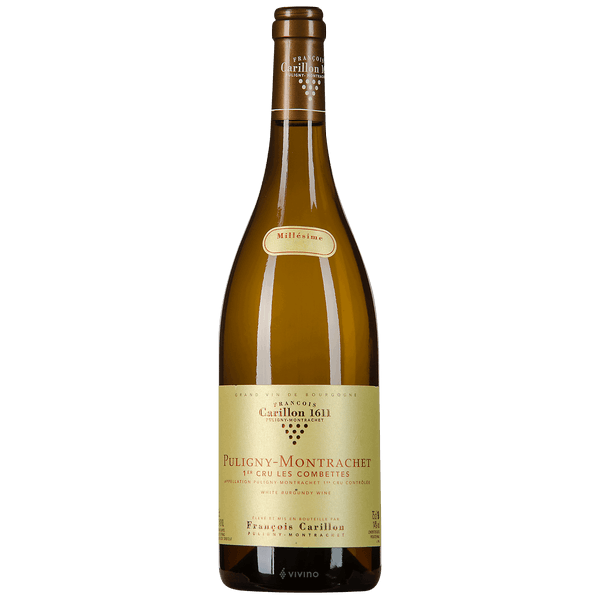2019 William Fevre Chablis Vaudesir
2019 William Fevre Chablis Vaudesir Fresh, refined aromas of flowers and fruit. On the palate, this 2019 wine is distinguished by particular subtlety: a delicious blend of softness and liveliness. Round and airy, it is very charming from its first youth.
William Fevre
Domaine William Fèvre works passionately to express Chablis’ terroirs, respecting the region’s environment and traditional practices. The team works throughout the year with exacting levels of care and precision to achieve excellence and reveal the true characteristics of each climat.
As well as maintaining the deep-rooted values upon which the family has always insisted, the domain has managed to instill its vineyards and its wines with great vitality, thanks to modern technology and a resolute avant-garde vision.
Style is an empty shell. Wine’s potential lies in its sensual response. For Chablis, this is derived from its terroir, which creates freshness and minerality.
Chardonnay
Chardonnay is the world’s most famous white-wine grape and also one of the most widely planted. Although the most highly regarded expressions of the variety are those from Burgundy and California, many high-quality examples are made in Italy, Australia, New Zealand and parts of South America.
Describing the flavors of Chardonnay is not easy. While many Chardonnay wines have high aromatic complexity, this is usually due to winemaking techniques (particularly the use of oak) rather than the variety’s intrinsic qualities. Malolactic fermentation gives distinctive buttery aromas. Fermentation and/or maturation in oak barrels contributes notes of vanilla, smoke and hints of sweet spices such as clove and cinnamon. Extended lees contact while in barrel imparts biscuity, doughy flavors. Because of this high level of winemaker involvement, Chardonnay has become known as the “winemaker’s wine”.
The variety itself (although often said to be relatively flavor-neutral) is responsible for most of the fruity flavors found in Chardonnay wines. These range from the tropical (banana, melon, pineapple and guava) to stonefruits (peach, nectarine and apricot), citrus and apples.
Climate plays a major role in dictating which fruit flavors a Chardonnay will have. Broadly speaking, warm regions such as California, Chile and much of Australia tend to give more tropical styles. Temperate zones such as southern Burgundy or northern New Zealand create wines marked out by stonefruit notes. The very coolest Chardonnay vineyards (those in Chablis, Champagne and Germany) lean towards green-apple aromas.
Mineral descriptors such as chalk, wet stones and crushed seashells also find their way into Chardonnay tasting notes. These are sometimes attributed to the soils in the vineyard, although the relationship between soil and wine flavor has become widely exaggerated. The most famously minerally Chardonnay wines are those of Chablis, one of the very few wine regions to focus on a largely unoaked style of Chardonnay.
Although most famous for its still, dry wines, Chardonnay is used to produce an impressively diverse range of wine styles. The variety is put to use in sparkling wines all over the world (most famously Champagne), when it is usually paired with Pinot Noir. It can also be found in sweet botrytized and late-harvest wines; Canada even produces sweet Chardonnay ice wines.
Chardonnay is particularly popular with wine producers, not least because it has a reliable market of keen consumers. The variety produces relatively high yields, will grow in a broad spectrum of climates and can be made into wine of acceptable quality with relative ease. In poor vintages, deficiencies can be covered up with oak flavors, reducing the financial impact of a bad harvest.
Related products
2020 Domaine des Lambrays Clos des Lambrays Grand Cru 2020 Domaine des Lambrays Clos des Lambrays Grand Cru, A fresh red, with black currant and black cherry flavors shaded by floral, iron, earth and spice elements. Fluid and on the elegant side, with a solid underlying framework of tannins. Turns a bit leaner on the [...]
Burgundy
2019 Nicolas Rossignol Volnay 2019 Nicolas Rossignol Volnay is medium to full-bodied with aromas of plums, wild berries, warm spices and licorice, fleshy and layered, with fine concentration, lively acids and an ample core of fruit. Concluding with elegantly chalky grip on the finish, this cuvée has always been one of the more charming and immediate [...]
2021 Jean-Marc Brocard Chablis 1er Cru Vau De Vey 2021 Jean-Marc Brocard Chablis 1er Cru Vau De Vey, is a clear and precise wine with notes of salt and anise,Gold-green color,The finish is soft and warm. Pair with seafood, shellfish, or white meat, grilled or in a cream sauce. One of the most popular and [...]
 2021 Marchand Freres Hautes Cotes de Nuits Red Burgundy
2021 Marchand Freres Hautes Cotes de Nuits Red Burgundy 



